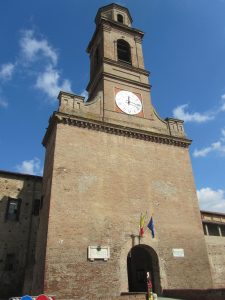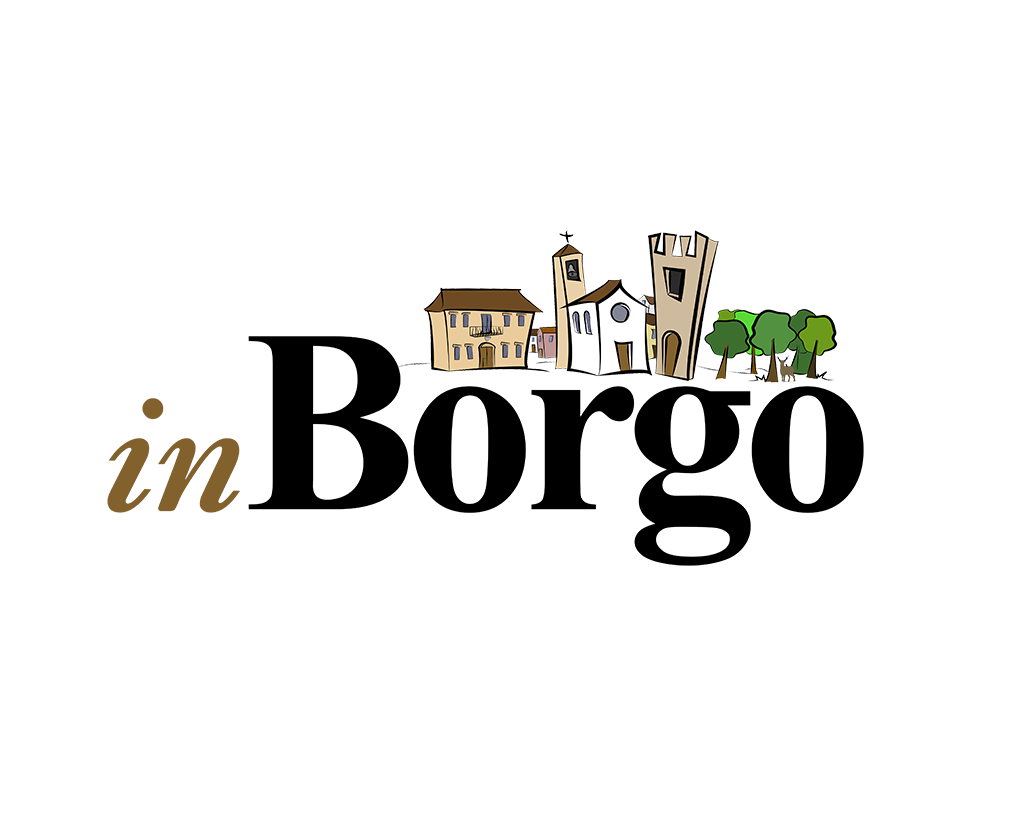Le prime tracce di Novellara si hanno verso il X secolo. Il nome Novellara pare che provenisse da nuvole, questo perché era un luogo spesso coperto dalla nebbia. Fu a lungo contesa fra Reggio Emilia e Mantova. Furono i Gonzaga a governarla dal 1300 al 1700 circa. Questi ultimi costruirono le fortificazioni della città. Dopo varie vicissitudini e devastazioni, tornò ai Gonzaga nel 1454. La peste del 1630 ne decimò la popolazione e con essa l’economia. Nel 1700 fu la volta degli Estensi.
Tra gli edifici, da menzionare la rocca di Novellara, ora sede del Municipio, fu edificata e migliorata durante gli anni da Guido Gonzaga, poi da Alessandro I Gonzaga e in seguito dai suoi familiari. La chiesa dei Santo Stefano e il Santuario della Beata Vergine della Fossetta sono edifici religiosi di spicco. Oltre al teatro, da menzionare anche le ville di campagna dei Gonzaga chiamate Casino di sopra e Casino di sotto.
The first traces of Novellara date back to the 10th century. The name Novellara seems to have come from clouds (in Italian ‘nuvole’) this is because it was a place often covered by fog. It was long disputed between Reggio Emilia and Mantua. It was the Gonzagas who ruled it from about 1300 to 1700. The latter built the fortifications of the city. After various vicissitudes and devastations, it returned to the Gonzagas in 1454. The plague of 1630 decimated the population and with it the economy. In 1700 it was the turn of the Este family.
Among the buildings, worth mentioning is the fortress of Novellara, now the Town Hall, was built and improved over the years by Guido Gonzaga, then by Alessandro I Gonzaga and later by his family. The church of Santo Stefano and the Sanctuary of the Beata Vergine della Fossetta are prominent religious buildings. In addition to the theater, the Gonzaga country villas called Casino di sopra and Casino di sotto should also be mentioned.


Piazzale Marconi 1
42017
